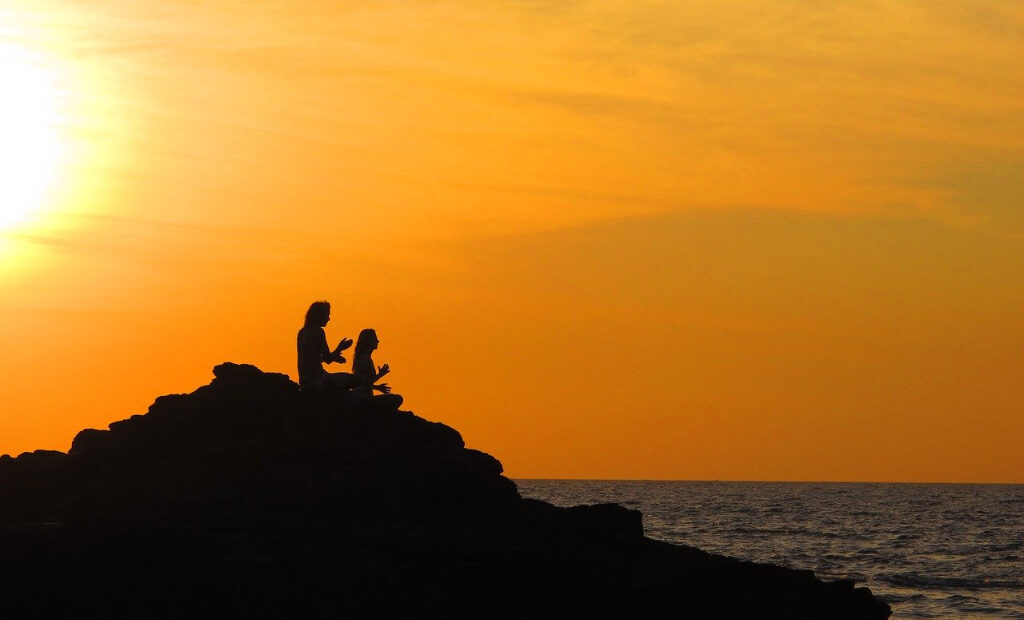Goa: More than just India’s party state

That fact that Goa is the smallest state in India might be a surprise for many – thanks to its laid-back culture, relaxed rules and tourism figures, it’s probably one of the best known. Whilst drinking and dancing until the early hours is actively encouraged, and let’s face it, great fun, there is more to Goa than a one-stop party destination. This part of India has a rich cultural heritage and an incredibly diverse landscape – exactly the attributes to look for in a truly classy getaway.
Britain’s connections to Goa
Though Goa is a long way away geographically, its history is more intertwined with Britain’s than one might expect. Originally, Goa was a Portuguese colony, established as such in 1510. Up until the Napoleonic war this arrangement remained unchallenged, but, worried that the French might try to stake their claim to the state, Portugal sought the aid of Britain in protecting Goa as theirs. The British agreed, but after the defeat of the French in 1805, Goa was more or less passed on to Britain, owing to their already strong naval presence there.
Britain took control of just about all of India around this time and, looking back, it isn’t something to be proud of. However, the positive outcome is that nowadays Goa and Britain have an amicable relationship, with many Goans speaking English, making travel there really easy to navigate. Additionally, thanks to the introduction of Indian cuisine to the UK, many Brits are already lovers of curry. Though of course there are numerous incredible Indian establishments in the UK, the food and hospitality find in Goa is simply unbeatable.
Where to stay
Close to the river in Goa is the best place to stay for visitors who want to be in the thick of things. The area is densely populated because of the interesting laws surrounding gaming in India: entertainment destinations are few and far between in the country at large, but there are no less than six floating entertainment complexes in the Mandovi river. Because they’re seen as off-shore, they don’t have to adhere to the law that says they must be attached to a five-star hotel. Interestingly many of the tourists who come to Goa are domestic tourists.
Thanks to this floating funfair there are loads of great places to stay, dotted along the banks of the Mandovi. One particularly dreamy location is the Surya Kiran Heritage Hotel. This gorgeous villa is more than 100 years old and sits in a leafy grove just a couple of minutes from the Campal Gardens. Intricately carved sandalwood beds dominate the airy rooms, with heavy marble bathroom suites and a stunning, blissfully shady central courtyard.
What to see
There are hundreds of gorgeous beaches and plenty of trendy bars to visit, but for an altogether more mindful adventure it’s worth visiting Dudhsagar Falls, It’s Goa’s tallest waterfall, and though it’s hardly off the beaten track it is a true wonder. Visitors can take the car right up to the waterfalls, or walk there to clock up a few miles. The most popular trek is only suitable for the fairly fit, so tourists should make sure they’re up to it before they embark!
Next up is the Ashiyana Yoga Centre, situated on the picturesque Mandrem Beach. It is possible to take long-term holidays here, and the accommodation is stunning, but they don’t mind people coming along just for a taste. They offer an Ayurvedic spa, as well as short yoga sessions, so visiting just for an afternoon is sure to be rejuvenating.
The final entry to the list is the Mahadeva Temple. This twelfth century temple is Goa’s oldest and is situated in a blissfully quiet location in the Western Ghat Mountains. Its secluded location in the forest is part of the reason it still stands today – the temple is hidden enough that it was able to survive the Goa Inquisition. Lovers of architecture will enjoy the intricately carved building, and anyone could easily spend hours spotting various deities, mythological figures and kings on the basalt pillars.
The editorial unit























Facebook
Twitter
Instagram
YouTube
RSS